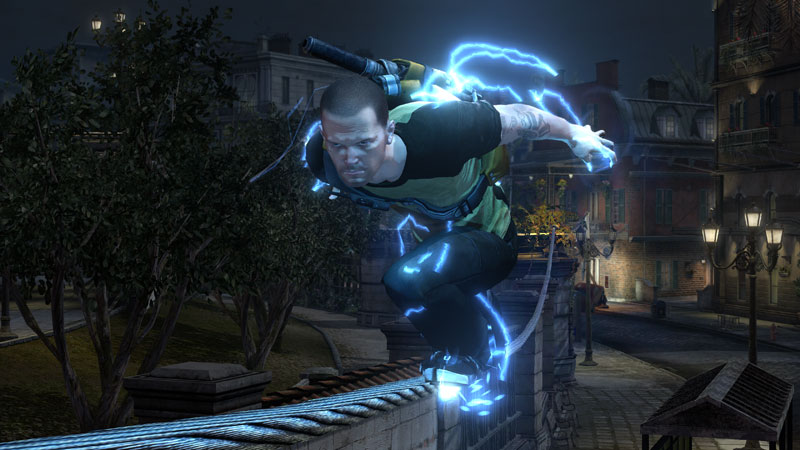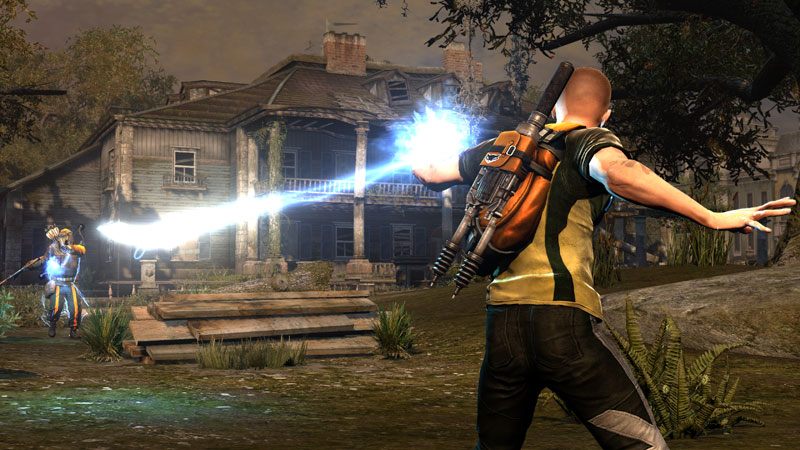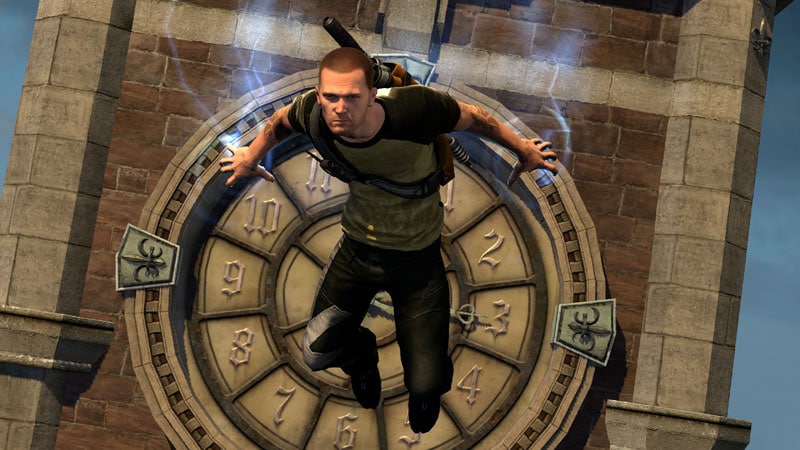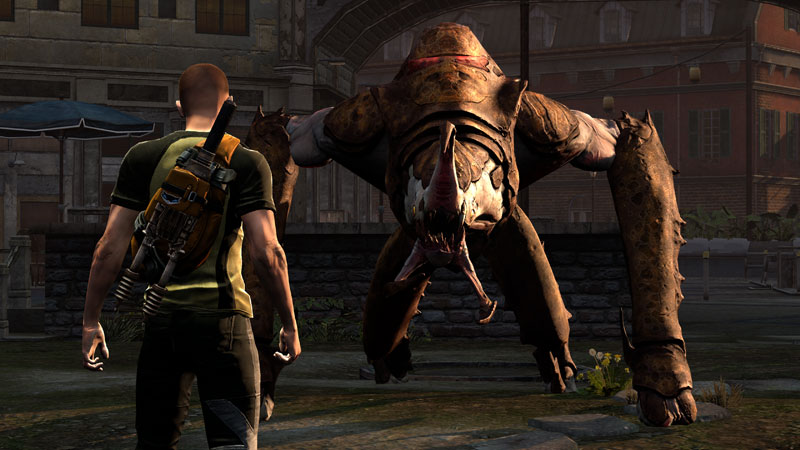Morality has become the buzz word in gaming. After all, for how long can developers differentiate among competition on the basis of moving around a reticule and pulling the trigger, or jumping off one ledge and latching on to another? Enter morality. If you break it down, it is essentially an extension of the role-playing genre. Games have been giving players the freedom to choose their attributes for many years, and now there is personality to go with it. However, the problem with morality vis-a-vis attributes is that it is very hard to mimic human behaviour, especially when absolutes don’t really exist. Some games, such as The Witcher series, have captured this morally grey area within their stories with some success, but in most cases, this aspect is often the most unconvincing. For example, as much as you try being a jerk in Mass Effect, it never quite rings a bell.

Infamous 2, by virtue of its heavy graphic novel influences, is at an advantage. In the context of a classic super-powered individual comic book story, the lack of moral ambiguity works perfectly well for Cole McGrath. Very early in the game, the player is presented with a choice, which more or less seals his moral allegiance. From there on, there’s no reason to switch sides; it’s either superhero or super-douche. And either way, it’s a lot of fun. The story picks up after the events of the first game, and Cole is all set to make his way to New Marais, which holds the promise of more strength and new powers for Cole, which he needs to fight the imminent threat from a monster only known as The Beast.
New Marais is your playground, and the shift in location gave Sucker Punch a perfectly valid reason to tweak the gameplay to make it even more addictive and fun. Alongside the Assassin’s Creed series, Infamous featured the best traversal mechanics in an open-world set-up, owing partly to the fluid controls and partly to the overall design of Empire City. While the former is untouched, New Marais trumps Empire City in both design and a few neat touches, such as vertical launch poles that lend themselves beautifully to the simple joy of moving from one place to another over the sprawling map that features two islands and three distinct regions.

Variety, in fact, is the flavour of the sequel. New Marais is a colourful city (with crisper and sharper graphics and textures), despite the string of misfortunes it has had. From the swamps, to the flooded and dilapidated sections of the city, to the industrial area, and through the more realistic behaviour of the citizens, the city conveys more personality than Empire City did. This despite the rare but baffling tendency of people to stroll right into the middle of a battle involving a helicopter gunship, a bunch of monsters, a gang of militia, and Cole.
The enemies, in fact, have received a major overhaul and feature much greater variety, which is a welcome change. The enemies can be grouped into three factions: the gun-toting militia, the severely deformed monsters that rely largely on melee and spewing poison, and the Ice-men, who utilise a combination of arms and superpowers. Within each group, there are light, medium and heavy enemies, which require different strategies to bring down. Mix and match a group of these and the player has an interesting, challenging and fun battle at hand.

To hand it back, the player has an improved roster of moves at his disposal. The changes in combat, while not revolutionary, have been made in line with the general philosophy that Sucker Punch has followed throughout the sequel – broader, deeper, and more dynamic. The wide range of abilities comes with distinct advantages of different variations within a group of moves. For example, a sticky grenade is a useful tool to deal with a swiftly moving enemy, but a group of enemies is more easily handled with a cluster grenade. To enable shifting of strategies on-the-fly, the game comes with a quick access menu (accessible from the d-pad), which allows the player to switch powers with minimal fuss. Add to this an overhauled melee combat system, which not only takes a more cinematic approach, but later in the game becomes a strategic tool which can make the difference between life and death. All put together, Infamous 2 has one of the best combat gameplay I have seen lately in action-adventure games, nailing the sweet spot of being challenging without being frustrating.
The general sense of improvement reflects upon all other aspects of the game as well, be it the variety in missions, or the towering bosses that set the tone for the grand progression, and the ultimate conclusion of the tale for both good Cole and evil Cole. And this brings us back full circle – morality. Sucker Punch has tried to tackle morality with a different approach in the sequel, and instead of offering a key decision point within the story missions, at different points during the main story, the player is offered completely separate missions. While it may seem like a greater degree of freedom, Sucker Punch has essentially replaced binary choice with… binary choice. More than that, it is still a choice that most players will make only once near the beginning of the game. That said, it makes for a nice placebo, because somewhere along the line, Sucker Punch has realised that binary choice works just fine for Infamous.

Conclusion
Morality and consequences are ultimately smoke and mirrors in Infamous 2, and I’ve left the user-generated content out of this review on purpose, because all you need to know about Infamous 2 is that it will suck you in with absolutely everything it has to offer, from the grandest to the mundane. Grind on power lines, smack a human statue with your amp, collect blast shards or dead drops, feel the power that runs through your veins as you clean house with an ionic storm, save the world, or become a monster. You’ll be playing it into the wee hours of the morning, bearing down upon an icon on your mini map for just one more mission.
Just. One. More. Mission.




